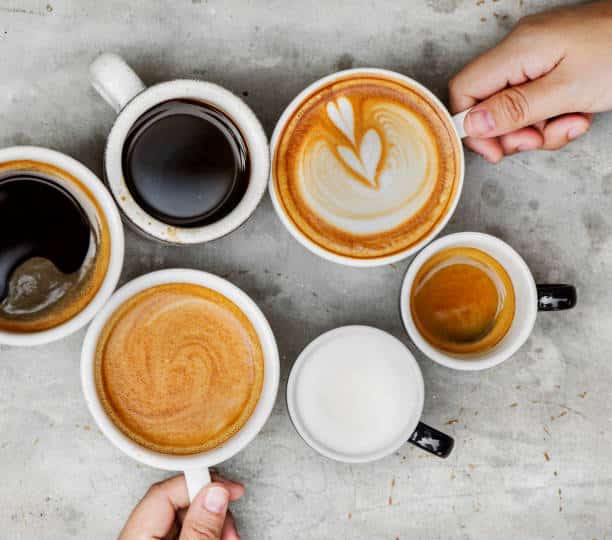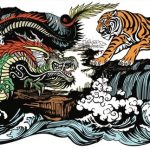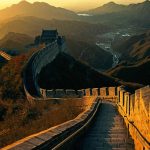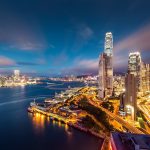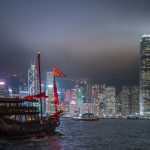#coffee #water #science
“Baristas have fine-tuned the art of making espressos, making is really hard to get a bad cup of coffee today“– Paul Ebeling
Different people have different preferences as far as the taste of coffee goes. There are 5 important variables that you can control to brew the perfect cup of coffee:
- The coarseness of the grind
- The temperature of the extraction
- The duration of the extraction
- The coffee to water ratio
Because the caffeine in water is highly soluble in water, most of it is extracted early. The volatile compounds and oils, which are responsible for the coffee cup’s complex aroma and flavour, are extracted more slowly. The organic acids that give coffee a bitter taste take the most time to extract.
Here I will go through each of the 4 variables in turn to discover just how the perfect cup of coffee happens.
The coarseness of the coffee beans grind, and the duration of extraction are inextricably linked. The finer the coffee grinds, the greater the surface area in contact with water.
This essentially means that if you grind coffee beans into fine powder, you maximise the surface area that is available for extraction, leading to a speedy extraction of the target compounds. This can be a good thing or a bad thing depending on how long the extraction time is.
Turkish coffee is often fine-ground and boiled. This is what makes it very strong and bitter. The fineness also gives it the muddiness that pass through coffee filters and even block filters, resulting in long extraction durations because water is not allowed to pass through freely enough. I call it Riverboat Coffee!
Coarsely ground beans on the other end of the spectrum have a very small surface area in contact with water. Given enough time, it is possible to extract unground coffee, but it would be a wasteful enterprise because water will not penetrate the interior of the bean. In such a case, most of the elements will still be inside the bean when it is thrown out as waste material.
The Optimum grind or the coarseness of coffee beans lies somewhere between the finely ground powder and the very coarse beans.
The other element, the time that the hot water passes through the ground coffee, determines the strength of the cup of coffee. The more finely ground the beans, the more the caffeine, volatile oils, and organic compounds will be present in the cup of coffee.
A cup of coffee produced from good quality beans but is too insipid or weak means that the beans are too coarsely ground and/or there was a high flow rate. If the cup of coffee is extremely bitter, it contains too high levels of organic acids because the beans were too finely ground.
The Big Q: Supposing we keep all the variables except temperature constant, what would happen what would happen when we brew coffee at different temperatures?
The Big A: Temperature greatly affects the solubility and rates of compound extraction. If you use ice water, you can still make a cup of coffee, but it would not be as rich as a cup made from boiling water and it would take ages just to make a decent cup. Cold brewed coffee is made by placing ground beans in the cold water then allowing it to brew inside the refrigerator for hours—even days because the extraction rates are very low.
Temperature moderately affects the solubility of caffeine and strongly influences the solubility of organic acids in water. You would, therefore, expect a cup of coffee brewed overnight in a fridge to have low caffeine levels and much lower bitterness compared to coffee brewed with boiling water. When you use boiling water, everything—caffeine and organic acids—are extracted much faster, resulting in high levels of caffeine and bitter organic acids.
The temperature variable has a complicating factor that must be taken into account when setting the temperature to brew coffee—the volatility of oils. When coffee boils, the aroma and flavour compounds evaporate away in the steam, resulting in coffee with a weak taste yet rich in organic acids and caffeine. This means that the perfect cup of coffee should not be brewed in extreme temperatures.
The ideal cup of coffee is 1 that has the maximum amounts of volatile oils and caffeine but limited amounts of bitter organic acids. Therefore, keeping the coarseness of the ground coffee beans and brewing temperature constant, you can influence the amounts of these elements by altering the duration of the brewing time. This is the length of time that the water is in contact with the ground beans to allow the oils, caffeine, and acids to dissolve.
If the extraction time is too short, you will get a cup of coffee that is rich in caffeine but has a weak flavour, bitterness, and aroma because the elements that influence the taste did not extract properly. If you were to extract coffee for too long, your cup would have high levels of organic acids, which makes it too bitter.
The right time a perfect cup of coffee should take to brew is determined through trial and error.
Other variables on this list such as the temperature and coarseness of coffee beans, of course, play a part in determining the duration of extraction. To consistently make a perfect cup of coffee, you would have to keep all the other variables constant while experimenting with the duration of brewing for the same quality of coffee beans.
Considered the most important subject in making the perfect cup of coffee, the coffee-to-water ratio is essentially that, how much coffee for a unit of water. When there is too little amounts of coffee, even when all the other variables are optimized, your cup of coffee will taste weak.
When there is too much coffee and little water, the brew will be overpoweringly strong. The ideal ratio of water to coffee depends on your choice of extraction method and the rest of the variables on this list.
If you are using a drip filter to extract coffee, you need a lower coffee to water ratio because the temperature of water is higher and the rate of extraction high.
If using a plunger or a French press, you need to have more coffee for a unit of water because the temperature of water drops fast.
If using a modern Espresso machine, you can adjust the volume of water to meet your taste. The water temperature is often maintained at around 97 C.
So, to make the perfect cup of morning coffee, grind the beans to the right coarseness, match the water temperature and the duration of extraction, and adjust the coffee to water ratio depending on the extraction method. It’s easy!
Eat healthy, Be healthy, Live lively


